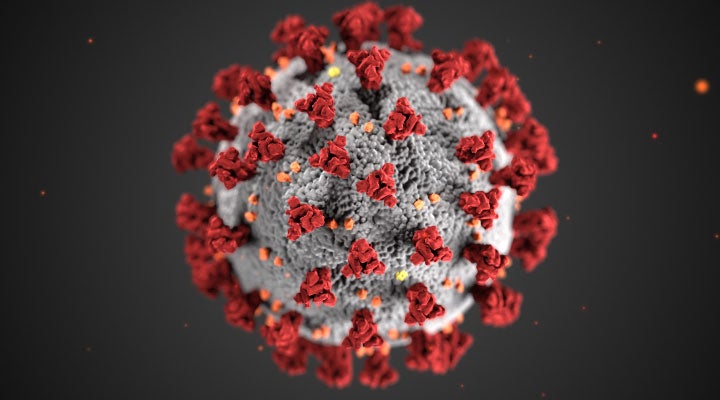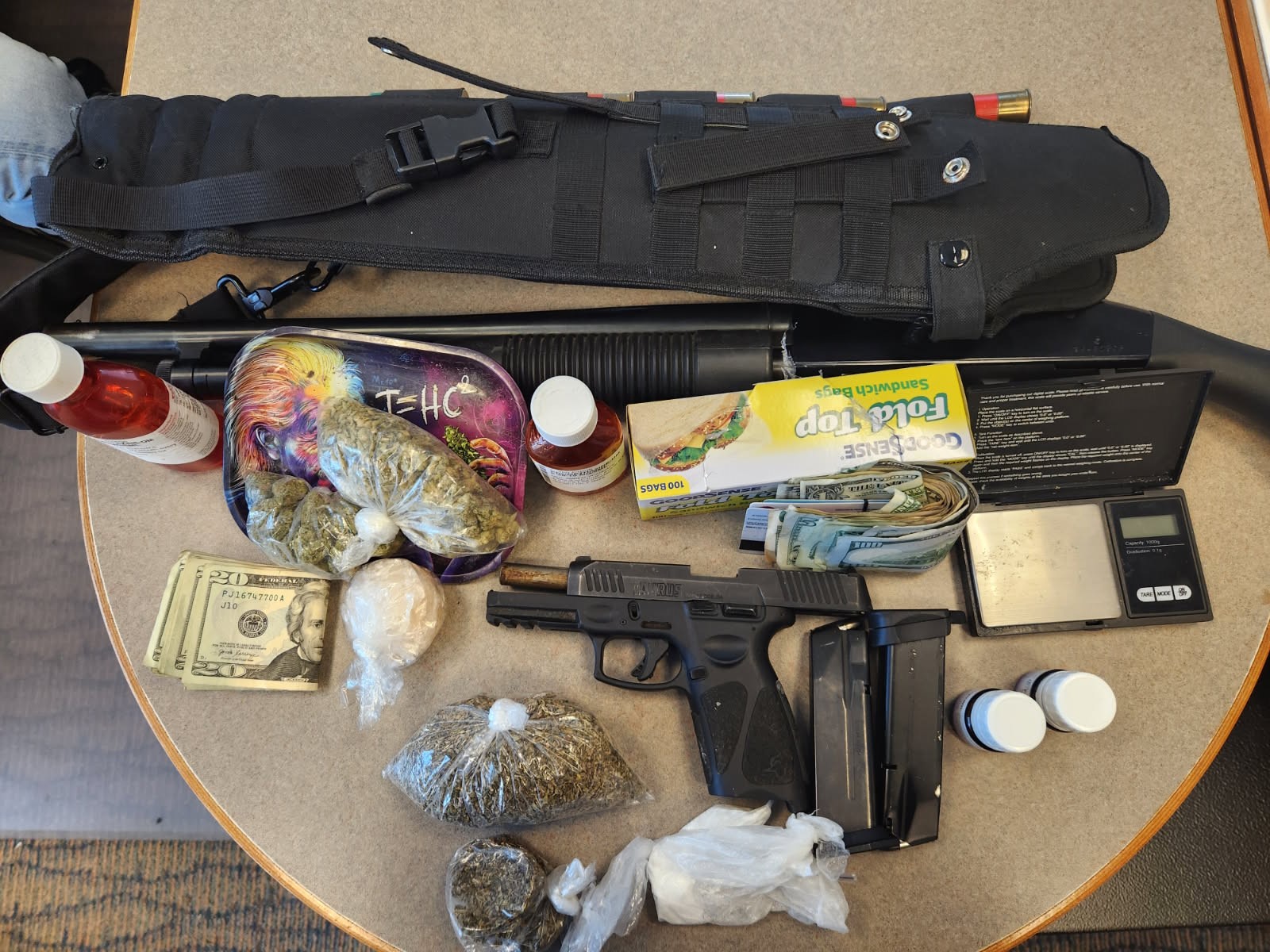Four positive COVID-19 cases in OC
Published 6:26 pm Saturday, March 28, 2020
|
Getting your Trinity Audio player ready...
|
Four persons have now tested positive in Orange County for COVID-19 as of Saturday, March 28, 2020.
According to Orange County Emergency Management, two people were confirmed as positive in the Vidor area and one in Bridge City. One person in the Mauriceville area had been the only conformed case until today.
Of the pending tests, 16 were negative. There are still 34 tests pending at this time.
Trending
Orange County is under a Stay at Home order as the county continues to strive to prevent the spread of the novel coronavirus discovered in December 2019, COVID-19.
Residents are to stay at home- except for certain Essential Activities and work to provide Essential Business and Essential Government services or perform essential infrastructure construction, including housing.
The Order took effect at 1159 p.m. on March 27, 2020 and will continue through 1159 p.m. on April 10, 2020.
COVID-19 was declared a pandemic by the World Health Organization in mid-March 2020, has claimed thousands of lives across the globe. Though the WHO insisted during a press briefing declaring COVID-19 a pandemic that the virus could be suppressed and controlled, Director-General of the WHO Tedros Adhanom Ghebreyesus described what he felt were “alarming levels of inaction” in regard to preventing the spread of COVID-19.
Understanding COVID-19, including the threat it poses and how it’s transmitted, is of the utmost importance. According to the Centers for Disease Control and Prevention, there is still much to learn about COVID-19, including how it spreads. However, the CDC notes the following are some ways that researchers, as of March 2020, feel that the virus is transmitted.
Person-to-person Researchers who have studied the virus feel that it is spread mainly from person-to-person. People who are within six feet of one another may spread the virus through respiratory droplets produced when an infected person coughs or sneezes. These droplets can land in the mouths or noses of those who are nearby or potentially be inhaled into the lungs.
Trending
The CDC notes that the virus is contagious, and that people might be most contagious when they are at their sickest. Symptoms of COVID-19 include difficulty breathing or shortness of breath, persistent pain or pressure in the chest, new confusion or inability to arouse, and bluish lips or face. Additional symptoms may be associated with COVID-19 as researchers learn more about the virus, and people who experience anything unusual should discuss their condition with a physician immediately.
Researchers also suspect that the virus may be spreading through people who are asymptomatic. So even people who do not feel sick or exhibit signs of sickness may unknowingly have the virus, potentially making them capable of spreading it.
The CDC notes that researchers do not suspect that contact with contaminated surfaces or objects is the main way the COVID-19 virus is spreading.
However, the CDC also notes that it may be possible for people to get the virus by touching surfaces of objects that have the virus on them and then touching their own mouths, noses or possibly their eyes. The relative infancy of COVID-19 means researchers have yet to fully understand how the virus is transmitted.
Understanding COVID-19 also involves staying up-to-date on local announcements about the virus and adhering to any restrictions government officials put in place. People living in or near areas where others have been diagnosed should follow all protocols put in place by the government to reduce their own and their neighbors’ risk of exposure to the virus. More information about COVID-19 is available at www.cdc.gov.






